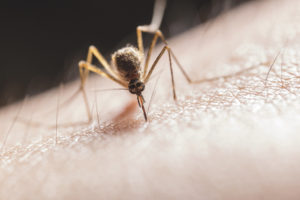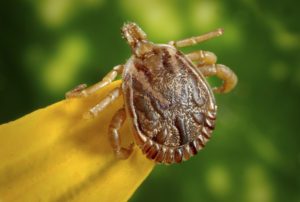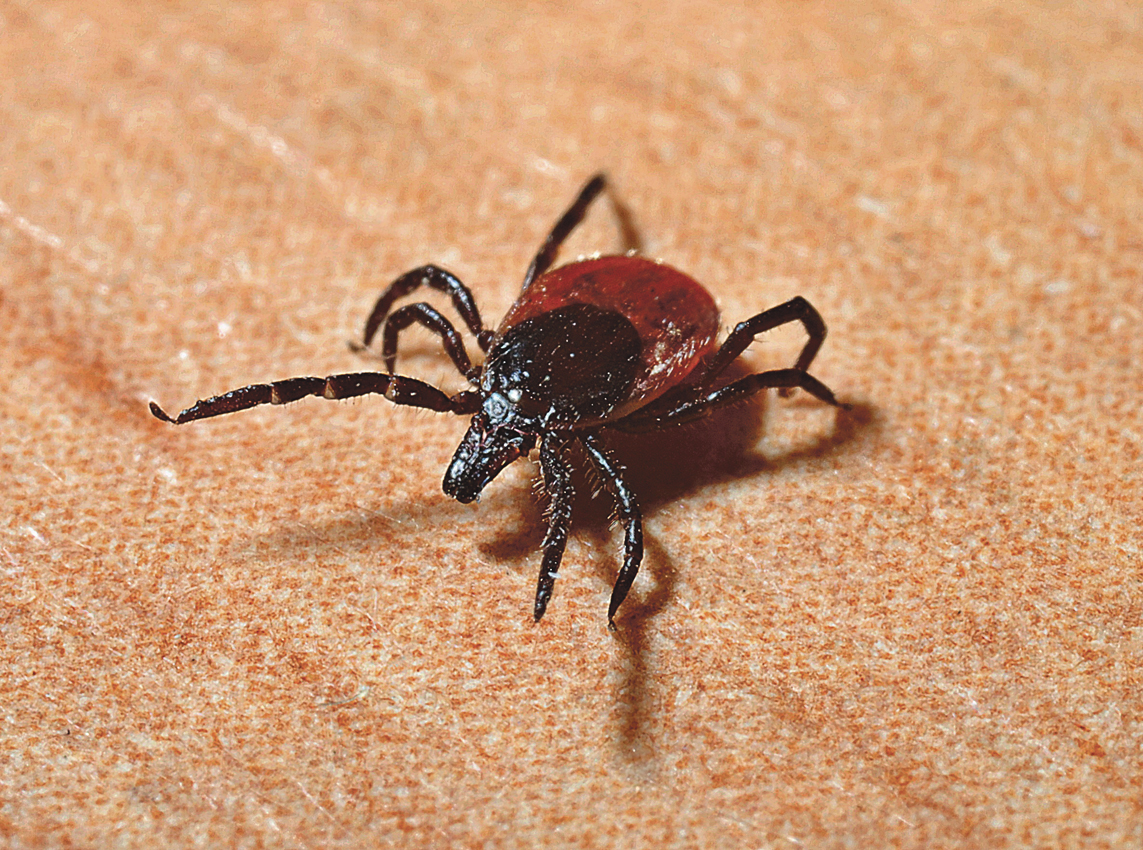STRATEGIC EYE: A column on current affairs – relating to global issues
Recent Research Shows Change In Timings And Patterns Of The Spread Of Illness Around The World
By Shreenik Kundu@
The UN climate change conference in December of 2019, was the longest recorded. There were massive protests and the major complain of the protesters was the slow and indecisive nature of these conferences. Instead of agreeing and accepting the present conditions, the world leaders try to find ways to escape the facts.
The rise of climate change is almost inevitable. This phenomenon is affecting all facets of life including the increase in diseases, for both this and the future generations. To provide a brief reminder to all, the greenhouse gases are trapping more and more harmful radiations from the sun which result from burning of fossil fuels.

These radiations cannot be removed from the atmosphere because of the increase in energy demands and deforestation, and this process generates heat. There is a direct influence of climate change on diseases.
Climate Change and Diseases
Today the concentration of greenhouse gases in the atmosphere have reached record levels and global temperatures are rising at a faster rate than before.
Since, the air is getting warmer, more moisture is trapped in the air too, which causes more rainfall in certain parts of the world. This rise in temperatures and changing rainfall patterns are causing the increase and change in the distribution of insects and vector borne diseases such as malaria and dengue. Countries which never saw such cases are reporting increase in new cases every year.
Insect vectors prefer tropical and warmer temperatures. This is important and crucial for their life-cycles.
Vectors like anopheles mosquitoes require water to complete their breeding. Therefore, places with more rainfall has increases prevalence of disease like malaria and dengue. Climate change is disturbing the longstanding ecosystem, which is causing more rain in certain areas and drought in certain other places.
This is also disturbing the ecosystem of these vectors, which are migrating to these affected areas and infecting people where these diseases were not prevalent or maybe unknown.
There are many cases that suggest that climate change has resulted in the introduction of certain diseases and vectors into previously unaffected areas. The rising temperatures in Asia and America led to many outbreaks of dengue and malaria.
Dengue a disease which was only known and treated in 9 countries before 1970s is prevalent in more than 100 countries today.
Diseases like Zika virus are also vector borne and carried by Aedes aegypti mosquito, and research shows that changing climate can cause these mosquitoes to thrive not just in tropical countries like Brazil but also in countries like Australia and North America.
Tick borne diseases (e.g. Lyme disease) are similar to mosquito borne diseases and these ticks also prefer warmer climate, this is causing these ticks to move from southern united states to northern parts of United States and also Canada. The prevalence of Lyme disease is increasing every summer in both Canada and the US.
Recent research also shows that climate change play a central role in changing the timings and patterns of the spread of infectious diseases. This is important to understand and alter such future events.
Climate Change and Primitive Infections
In the northern parts of the world, a more mysterious event is happening. As explained above, climate change is causing the temperature to rise around the world, and in countries like Siberia, Northern Canada and parts of Alaska, the ice caps are melting. This is also causing the frozen soil of the northern latitudes, called “permafrost” to melt. Permafrost is a layer of soil which is supposed to be frozen permanently. The melting of permafrost is affecting in two ways.
Firstly, permafrost is known to store carbon in the form of carbon dioxide and methane, which are greenhouse gases. Melting and release of these gases are contributing to the climate change and vector borne diseases as mentioned before.

Secondly, permafrost also traps millions of bacteria and viruses which are primitive in nature. These bacteria and viruses are either thought to be extinct (e.g. the smallpox virus) or has never been encountered before.
In the year 2016 a 12 year boy from a remote part of Siberia was reported to be dead, and the cause of death was anthrax bacteria, the theory suggests that a reindeer infected by anthrax, died about 75 years ago and was buried under the permafrost and a heatwave caused it to melt, this released it in the air infecting several people and causing a death of this 12 year old child.
This event reflects that people in certain parts of the world were not prepared to fight such disease because they were not exposed to this type of bacteria before.
This event raised concerns about the large number of such diseases which are unknown to us and the recent rise in the temperature can cause more permafrost to melt and unlock many such bacteria and viruses, which we are not prepared to fight against with the current medical technologies.
This also lead to more research on such frozen primitive bacteria and viruses. Scientists even found a few million year old viable and alive bacteria in the permafrost of Alaska and northern Canada.
This should raise more concern and awareness, as climate change might not just affect the future generations, but it can even affect our generation by the spread of dangerous epidemics or even pandemics.
@Dr. Shreenik Kundu, MBBS, Masters Candidate in Experimental Surgery , Department of Surgery, McGill University, Canada




























































